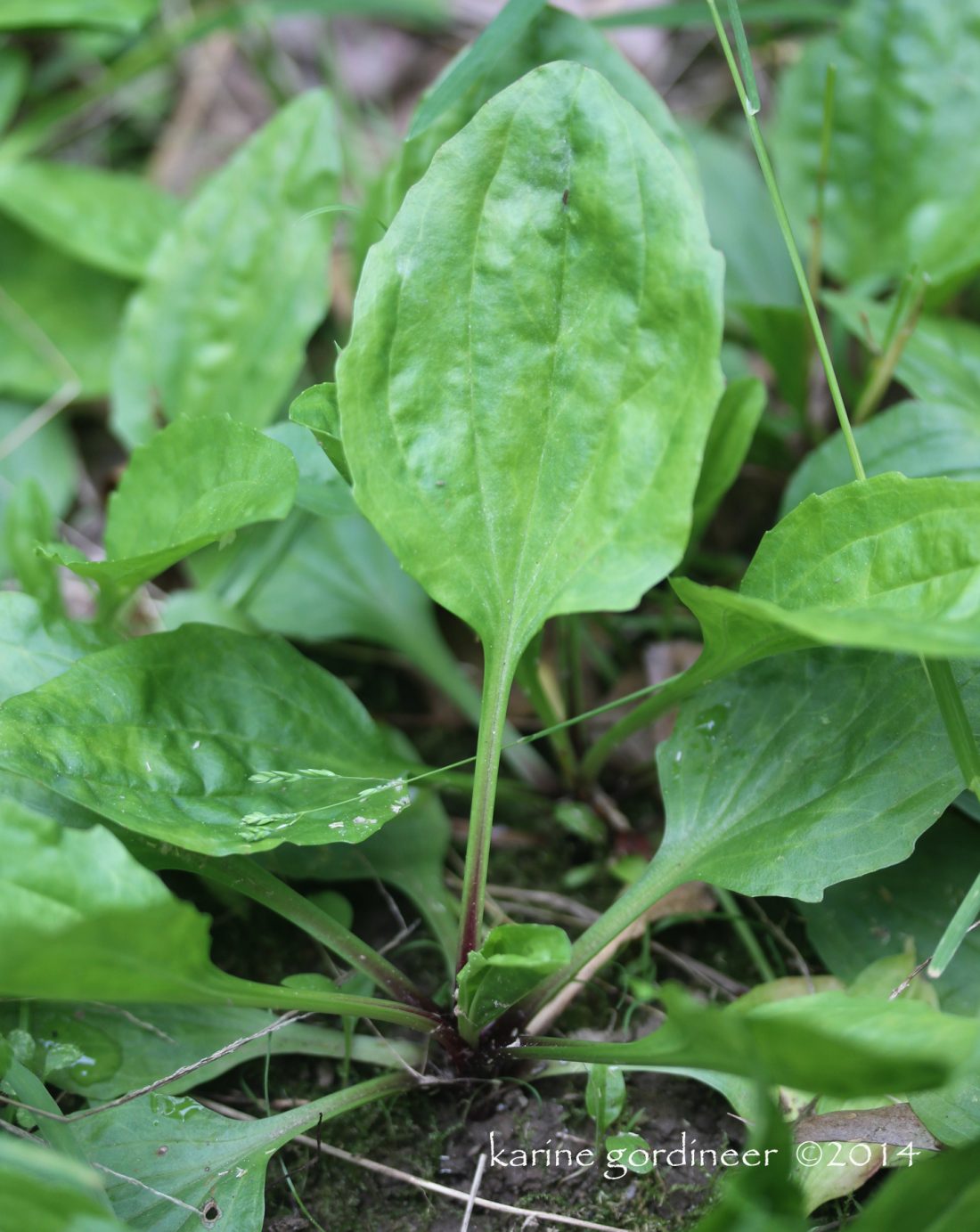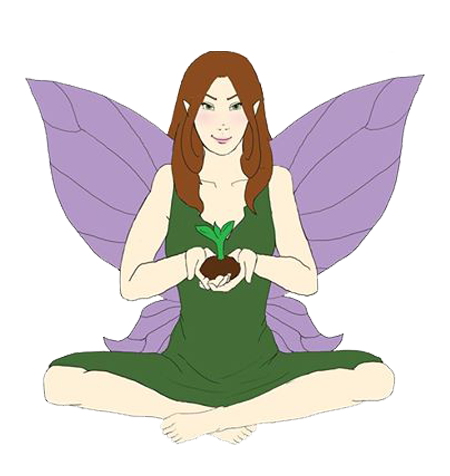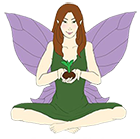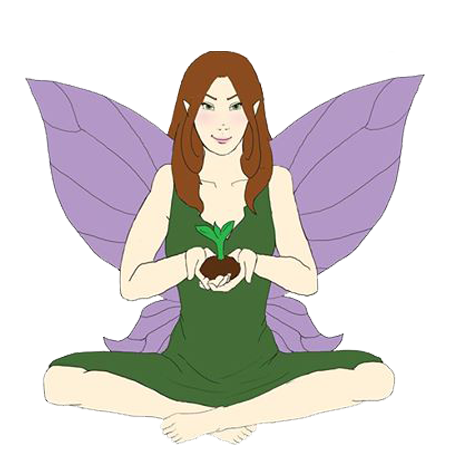
Plantain: A Backyard Treasure
 If people knew that the cures for many of their ills were growing right in their own backyards, I’d like to think they would put down the glyphosate, the lawn mower, the “weed wacker”, and let it grow!
If people knew that the cures for many of their ills were growing right in their own backyards, I’d like to think they would put down the glyphosate, the lawn mower, the “weed wacker”, and let it grow!
Plantain is one of those backyard jewels that everyone should befriend so vast are its healing medicines and uses as a food source. The Plantain I’m speaking of here is not the fruit that resembles a banana but rather the green plant found growing profusely in waste places, most suburban yards, and even in abandoned city lots. Plantain, maligned as a “common weed”, is often the target of broad spectrum and selective herbicides designed to eradicate it from the “perfect lawn”. The non-native Plantain was originally brought to this continent by early colonists as it followed them wherever they went. So intertwined were their paths that a common name for Plantain was Englishman’s Foot.
Many varieties of Plantains exist throughout the world. In the Northeast alone we can easily find several varieties most of which are used interchangeably. The two most common Plantains in our area are Plantago major or Broad Leaf Plantain, and Plantago lanceolata or Narrow Leaf Plantain. Broad Leaf Plantain can reach heights of 6 to 18 inches while Narrow Leaf Plantain’s height can range between 10 and 23 inches. Both plants have low growing basal leaves with parallel veins that form grooves along the leaf surface. From the center stalk an inconspicuous flower is produced followed by edible seeds. All Plantains are edible and can be eaten either raw or cooked. The younger leaves and seeds are preferred for eating as the leaves can toughen with age. As with most wild plants, Plantain’s nutritional profile is impressive with notable amounts of Iron, Calcium, Vitamins A, C, and K making it a nice addition to summer salads.
Plan tain shines as a highly valued medicinal. Historically it has been used as a folk cancer remedy and is still used today in Latin America for this purpose. Its demulcent properties are soothing to the entire intestinal tract and are used to heal ulcers, indigestion, and IBS. The common constipation remedy psyllium comes from another species of Plantain, Plantago psyllium. Plantain is soothing, in fact, to all mucous membranes including throats, and lungs making it effective during colds and sore throats.
tain shines as a highly valued medicinal. Historically it has been used as a folk cancer remedy and is still used today in Latin America for this purpose. Its demulcent properties are soothing to the entire intestinal tract and are used to heal ulcers, indigestion, and IBS. The common constipation remedy psyllium comes from another species of Plantain, Plantago psyllium. Plantain is soothing, in fact, to all mucous membranes including throats, and lungs making it effective during colds and sore throats.
Plantain is probably most well-known for its anodyne properties that will quickly take the pain completely out of any manner of bee or wasp sting, even the sharp discomfort from a Stinging Nettle encounter! Children especially delight at making a field or “spit poultice”, made from chewing up a leaf and then placing the gooey mass on an insect bite or burn. Plantain is excellent at drawing out poisons from bee stings and will even help to avoid a reaction. So effective at extracting substances that it can be employed to draw out splinters. Its antimicrobial and skin rejuvenating properties make it an effective first aid salve for burns, bee stings, nettle stings, spider bites, and minor cuts and scrapes. I make sure I always have a Plantain Salve on hand for first aid situations. You can purchase Plantain Salve here and be sure to check out the Baked Plantain Recipe below. This is one of my favorite Plantain Recipes that I share in my wildfoods cooking class – enjoy!
Happy Herbing!
Karine aka “the Green Girl”
Baked Plantain
Fresh large plantain leaves (washed and dried)
1 cup whole wheat flour (or other flour)
1 1/2 cup water
1 egg
2 tbsp. wheat germ
2 tbsp. spiked salt (or a variety of spices of your choosing)
- Preheat oven to 400°F.
- Combine the flour, water, egg, wheat germ and spices into a bowl and mix well.
- Dip leaves into the batter and place onto a baking sheet lined with parchment paper. Be sure to not to overlap for best results.
- Bake 5 -10 minutes if the leaves used are very large. If the plantain leaves are smaller then start watching them at about the 3-4 minute mark to ensure they do not burn. Serve warm or once cooled!



No Comments